At Sprint Bioscience, we identify, launch and run drug development projects and out-license them in preclinical phase to the global pharmaceutical industry. This business model allows us to review the commercial feasibility of a project at an early stage.
When a drug development project is licensed to a customer, the agreement typically includes an upfront payment when the contract is signed, partial payments when the project achieves certain predefined interim targets and royalties on the sale of the finished pharmaceutical product. Because the funding of the projects is taken over by the licensee when the contract is signed, the capital requirement decreases from our side. Sprint Bioscience often has continued involvement in the preclinical development work of the project, a collaboration with the licensee who generates revenue in addition to the interim payments that the agreement includes.
Licensing in the preclinical phase allows us to focus on building expertise in preclinical drug development. Once a project has been licensed and the work has been taken over by the licensee, new projects can be started on an already existing technology platform, which provides the opportunity to spread the risk over a portfolio of different projects rather than being dependent on a few projects.
Sprint Bioscience’s goal is to sign an average of one license agreement per year. To achieve this, new potential target proteins are continuously evaluated. The choice of focus area for new projects is based on our internal expertise in tumor metabolism and adjoining areas, such as immune-oncology and factors that affect the micro-environment of tumors. As Sprint Bioscience’s business model is to license the projects before clinical trials, target proteins are covered by good scientific research with few competing drug projects.
Sprint Bioscience initially focused on oncology and tumor metabolism and currently focuses on the interface between metabolism, immuno-oncology and tumor micro-environment.

